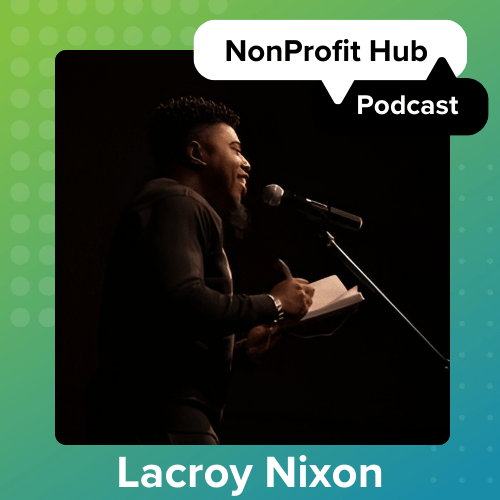Confession: I am kind of into a cappella.
As in, I would use the phrase “a ca awkward” multiple times a day if I wouldn’t get dirty glares from coworkers. And having a riff-off like the one in Pitch Perfect would be a dream come true (any takers?).
So the following are three lessons on starting a nonprofit I’ve learned from working in the nonprofit sector the past few years—as well as being in an a cappella group:
Remember, Every Voice Matters
One tone deaf member will make your whole group suffer. While nonprofits are often portrayed as desperate for worker bees, don’t be willing to accept subpar people. It will drag the whole group down.
Although you certainly have need for employees, you have a greater need for a positive culture and happy work environment.
And don’t settle. You have the right to love who you work with—if someone isn’t meshing, don’t be afraid to cut them from the group before they drag you all down. (And don’t worry, it’ll be apparent—like a tone deaf singer in a group of harmonious crooners—if someone isn’t all in for your nonprofit and its mission.)
Know Your Part—But Be Prepared to Switch
Gigs are always a logistical nightmare, since at any given gig someone could be missing. So not only is it important for you to have your part down, you also have to be prepared to switch around if someone’s out.
Working at a nonprofit, you’ll have a designated job title. But they’re malleable. Hire people who will be prepared to take on other tasks. Nonprofits benefits from chameleons who can sing multiple parts well.
I mentioned last week that you can use this way of nonprofit life as an advertised perk when looking for new hires. But in order for it to hold true, make sure that you’re open to listening when someone states interest in expanding their job duties.
Choose the Right Songs
Be selective so you sound the best you possibly can. Meaning, if your upper range isn’t great, you won’t select a Whitney Houston or Mariah Carey classic (unless you’re Ariana Grande, in which case, feel free to take on any Mariah song).
After your nonprofit forms a mission, stick to it.
While we applaud those NPOs who choose to branch out, we caution you to ensure that everything is on brand and what you choose to do, you do well. Don’t stretch yourselves thin. There will always be something you’re striving to do better (and that’s good—that builds progress), but don’t push yourselves so far outside of your original intent that your work begins to suffer.
Any other pieces of advice to those brave souls thinking about starting a nonprofit? (Brownie points if you can relate them to a cappella music.)
Image via: HD Wallsource






